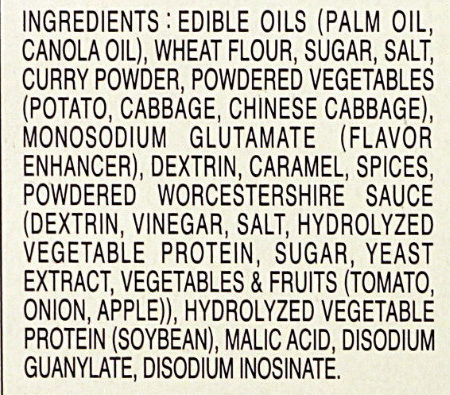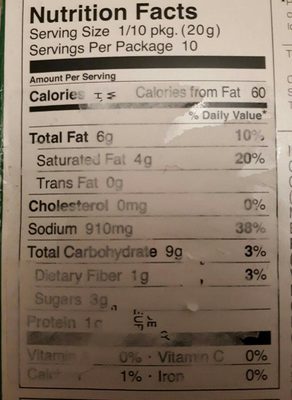japanischer Curry Mix Medium Hot - S&B - 200g
この商品ページは完成していません。既存の写真からデータを編集または追加したり、 Android または iPhone/iPad のアプリを使用して写真を撮影して、手伝ってください。ありがとうございます!
×
バーコード: 0074880057386 (EAN / EAN-13) 074880057386 (UPC / UPC-A)
一般名: Sauce au curry
数量: 200g
ブランド: S&B
カテゴリー: 調味料, ソース, カレーソース, en:Groceries
ラベル、認証、表彰:
en:Green Dot, fr:Sans ingrédient d'origine animale
好みに合わせて
環境
カーボンフットプリント
パッケージング
輸送
絶滅危惧種
Report a problem
情報元
製品に追加 によって openfoodfacts-contributors
最後に編集した製品ページ によって spotter.
製品ページの共同編集者 beniben, date-limite-app, fer777, jacquesfood, kaitocross, kiliweb, packbot, prepperapp, yuka.SExCUk1vVWpxc1FGcDhVbXh5SEYxOUJrbUxPWVQyWG1FTk5PSUE9PQ.
データが不完全または間違っている場合は、完了するか、このページを編集して、それを修正することができます。









